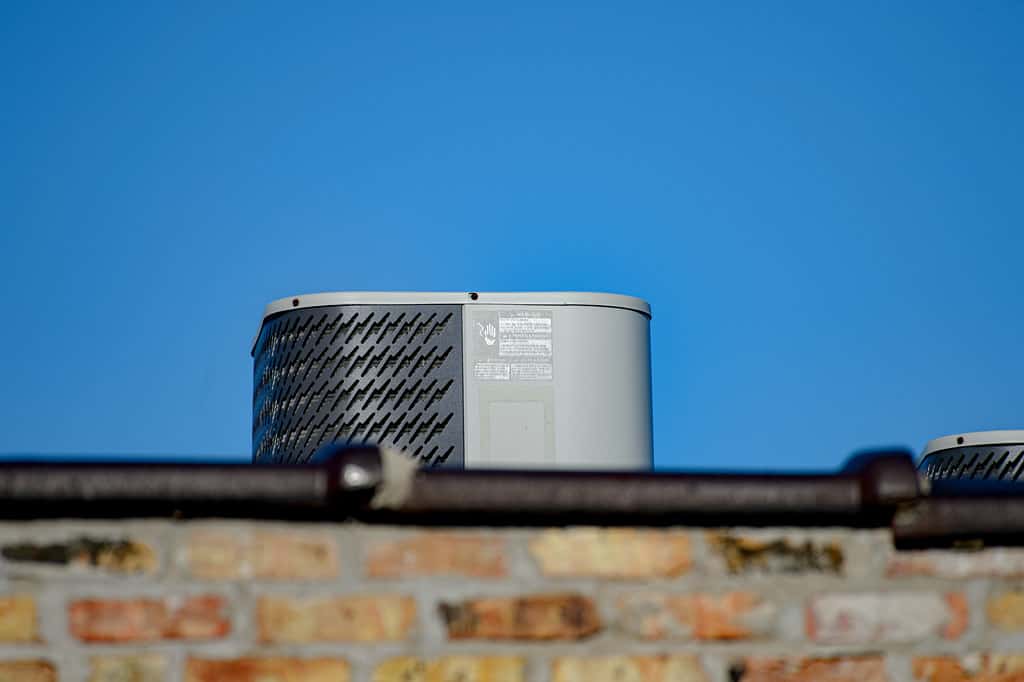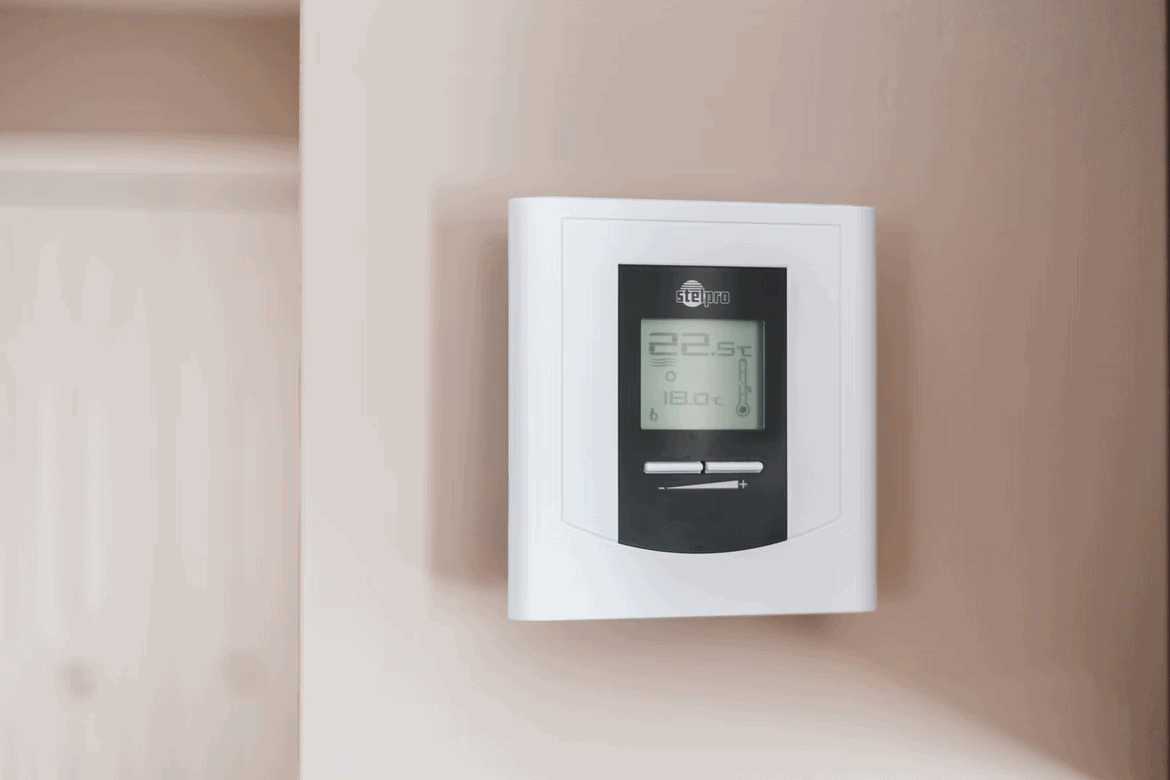4 Essential Tips to Improve Indoor Air Quality in Your Building
There’s no doubt that indoor air quality (IAQ) is an important metric.
Floor, wall and ceiling mounted to meet your unique project design.
3 min read
Joe Hullebusch : Mar 5, 2019 12:00:00 AM

A commercial HVAC project is a major undertaking.
It involves a wide range of inputs, including ductwork, air handling units (AHU), filtrates, air diffusers, heat pumps, and way more. The installation process is also extensive -- but that’s not the end of it.
"Even after completion, HVAC systems require testing, long-term maintenance, and servicing for optimal efficiency and indoor air quality" - Ferro
HVAC systems entail high upfront costs.
Granted, installing the right systems can result in a healthy return-on-investment in the long-term, but that’s down the line.
Today, you have a specified budget and timeline to deliver your HVAC system.
You can expect the following factors to escalate your upfront HVAC costs:
(Note: HVAC systems will also require plumbing, but we did not include that in this estimation as it is a separate essential system for a building).

Your actual cost will depend on your project’s specific requirements, but you can get a rough estimate from various industry sources.
According to the Builder's Association, general costs can be broken down like this:
For recreational buildings, HVAC systems can cost at least $17 to $22 per square foot.
Office buildings using two-pipe HVAC systems will cost $15 to $23 per square foot, while large office buildings based on a four-pipe configuration cost $23 to $28 per square foot.
Residential Buildings
The HVAC installation costs for two-pipe systems is $15 to $18 per square foot, while a four-pipe system can cost $18 to $21 per square foot.
While the cost varies, the figures above demonstrate that HVAC systems are significant, long- -term investments. Moreover, engineers have the unenviable task of delivering these projects
on time and within budget, which is far from simple given the scope of what’s involved.
However, working with an HVAC design, integration, and installation specialist with proven experience will help reduce the complexity of your project.
Having successfully installed over 80 million square-feet of HVAC systems in more than 25 countries, AirFixture is a proven partner for delivering state-of-the-art HVAC systems on time and within budget. Speak to us today and start your HVAC project with the assurance that you will meet client expectations at every step of the process -- and beyond.
There’s no doubt that indoor air quality (IAQ) is an important metric.

With the change of seasons approaching, many property managers need a refresher on local heating and cooling regulations. Property managers need to...